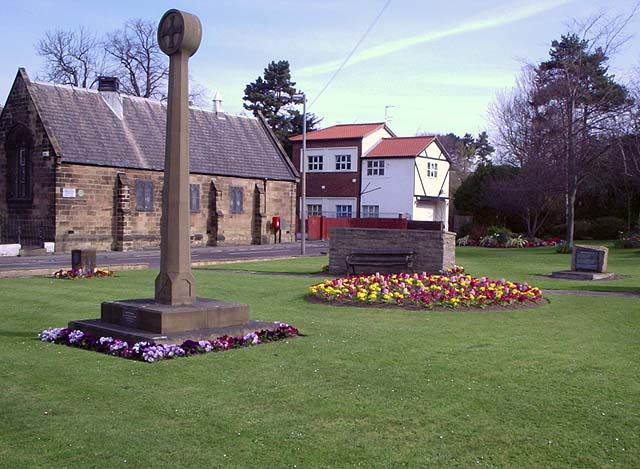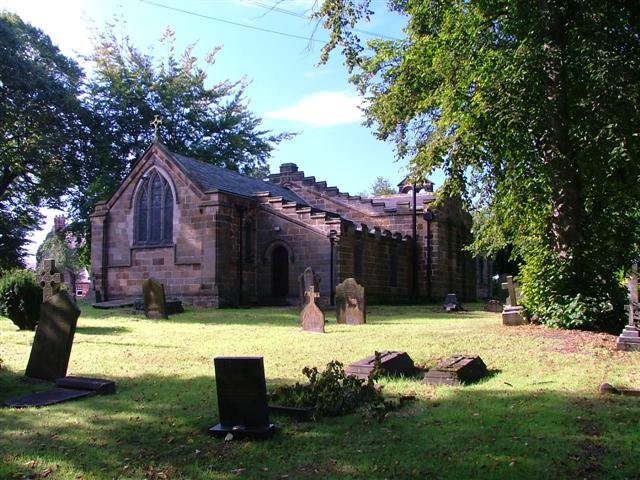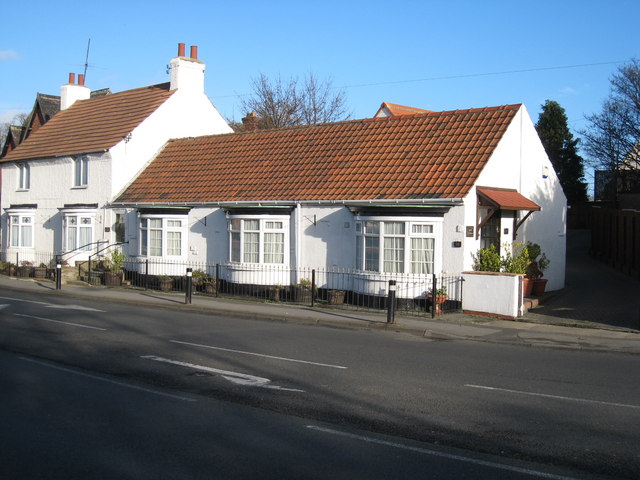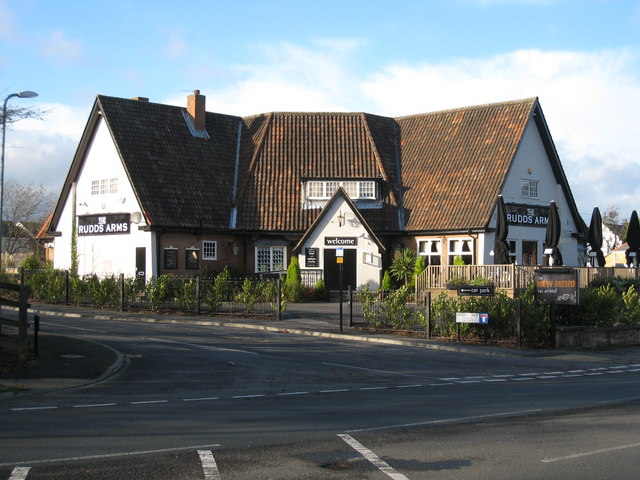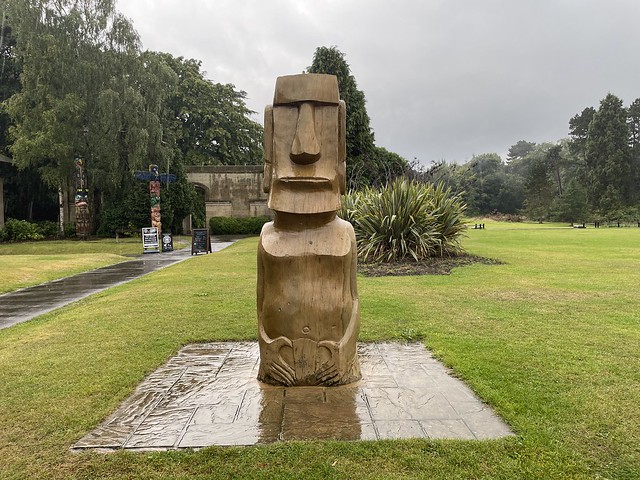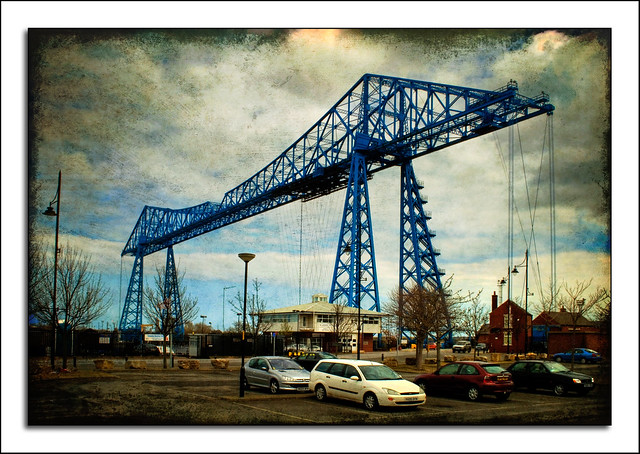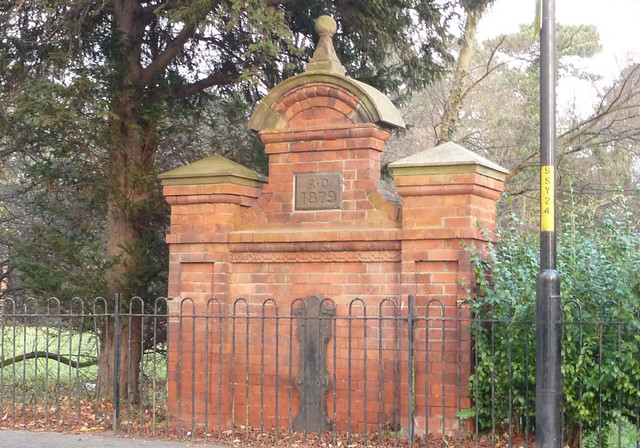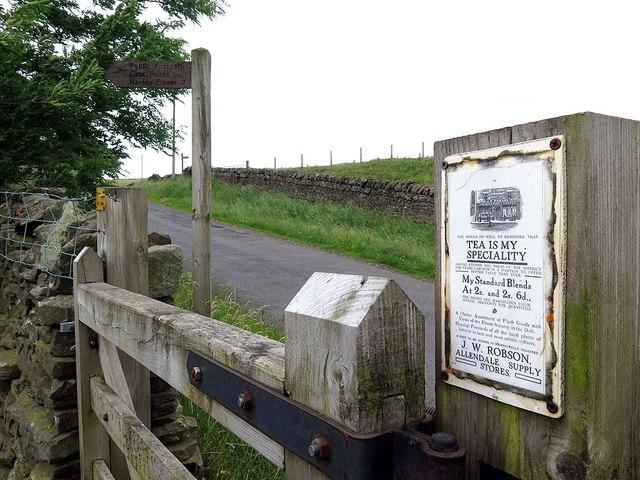Topics > Tees Valley > Middlesbrough > Marton-in-Cleveland
Marton-in-Cleveland
Marton, officially Marton-in-Cleveland, is a dormitory suburb of Middlesbrough, in North-East England, built from the 1950s onwards, around and beyond a small village of the same name. Marton now stands firmly within the boundaries of Middlesbrough unitary authority, which is included in North Yorkshire for ceremonial purposes. Historically part of the North Riding of Yorkshire, the parish of Marton originally extended down to the River Tees, but with the expansion of Middlesbrough, the parish became progressively smaller. Attractions include Stewart Park, a large public park given to the people of Middlesbrough by councillor Dormund Stewart, in 1928.
James Cook
The explorer, cartographer and navigator, Captain James Cook was born to James and Grace Cook, in a clay-built cottage in the village of Marton in 1728, and he lived for a short time in the village, until the family moved to Great Ayton. A contemporary drawing of the village by George Cuit has revealed the cottage to have significantly deteriorated by as early as circa 1788, a precursor to it being levelled by new local landowner, Bartholomew Rudd, in the 1790s. It was very close to where the original manor house Marton Lodge eventually stood, to which Rudd made many alterations.
Namesakes
The tiny community of Marton, Queensland, Australia, upstream from Cooktown on the banks of the Endeavour River, was named after James Cook's birthplace in remembrance of his 7-week stay in the region in 1770. There is also a town in New Zealand named Marton, New Zealand.
Stewart Park
In 1853, the ruin and the land that is now the park were bought by the Middlesbrough ironmaster H. W. F. Bolckow. He built a new hall, which, after serving for a short period of time as a museum, was destroyed during demolition by fire in 1960, after standing empty for several years. The site is now home to the Captain Cook Birthplace Museum, opened in 1978. In addition to viewing the large collection of Cook-related objects at the museum, visitors may visit a granite urn erected by Bolckow in 1858 on the site of the demolished Cook cottage.
St Cuthbert's Church
There is no record of the foundation of St Cuthbert's Church, but there is evidence that it dates from the 12th century, in the Norman period. At that time the overlords of Marton were the de Brus family, ancestors of Robert the Bruce of Scotland. They had founded Guisborough Priory in 1119, and succeeding generations of the family bestowed gifts of land and property on this and other religious houses in the area. The church at Marton was one of those gifts to Guisborough, given before 1187.
In 1540 when the priory was dissolved by King Henry VIII, all the property belonging to the priory reverted to the Crown. In 1545 the living of Marton was granted to the Diocese of York, where it remains to this day.
In 1843 and 1847 a major refurbishment took place, mainly financed by J.B. Rudd of Tollesby Hall, the local squire. A later pen portrait in the Parish magazine tells us that the Church was "restored, widened, and lengthened so that it became, from a little whitewashed, flat ceilinged, sash-windowed, dilapidated edifice with only two aisles and one transept, into the present beautiful building".
Captain James Cook was baptised at St Cuthbert's Church. The church is now ornamented with a stained-glass window commemorating Cook.
The graves of Henry Bolckow and John Vaughan, the founding fathers of Bolckow Vaughan — the company which brought the steel industry to Middlesbrough – are in the churchyard. The graves, like the company, had been largely forgotten in the 20th century, but were refurbished in 2009.
Notable people
Other notable persons who lived in the parish of Marton include Bolckow's business partner John Vaughan, who lived at Gunnergate Hall until his death in 1868; Sir Raylton Dixon, a Middlesbrough shipbuilder; Henry Cochrane, an ironmaster; Agnes Spencer, the wife of the founder of Marks and Spencer.
Marton is also the base for a junior football club, Marton F.C., which was founded in 1982 and for which Jonathan Woodgate, David Wheater and Stewart Downing, subsequent Middlesbrough F.C. professional footballers, once played.
Education
Marton has three primary schools: Lingfield Primary School, Captain Cook Primary School and Marton Manor Primary School. There are no secondary schools in Marton. Most pupils go to nearby Nunthorpe School, the King's Academy, in Coulby Newham or Trinity Catholic College.
Amenities and transport
Marton Shops, a parade of local supermarkets, eateries, banks, pharmacy and various other outlets is located on the A172 (Stokesley Road). Marton Library is located on Laurel Road, just behind the shops.
Public houses include the Southern Cross and the Rudds Arms (both on the A172), the former is located adjacent to the A172 / Stainton Way crossroads and the latter close to the A172 / A174 interchange. The Marton Hotel and Country Club (closed October 2017) is located almost directly opposite to the Rudds Arms.
Marton is served by bus routes provided by Arriva and Abbott's of Leeming, that mostly connect to other places through Middlesbrough town centre.
Marton railway station (on the Esk Valley Line), is located just off the B1380 (Ladgate Lane), close to the entrance to Ormesby Hall. Although Gypsy Lane railway station is in Nunthorpe, it is closer to most Marton residents than Marton railway station. Northern operate all services on the Esk Valley Line and recent improvements to the timetable mean up to 17 trains (each way) now call at both Marton and Gypsy Lane railway stations daily.
Visit the page: Marton, Middlesbrough for references and further details. You can contribute to this article on Wikipedia.
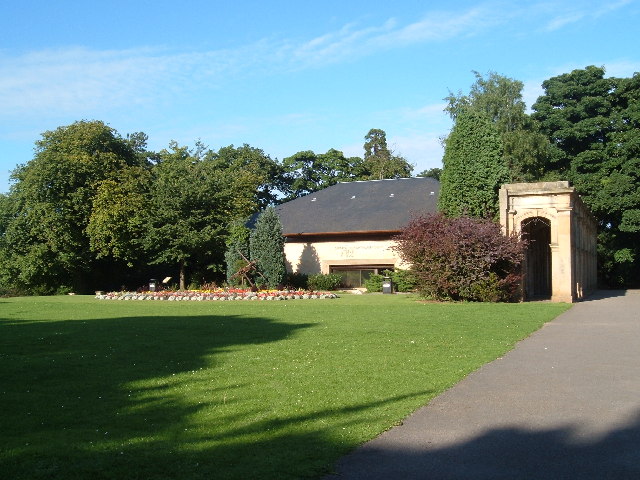
Co-Curate Page
Captain Cook Birthplace Museum
- Summary About the Museum Map The museum is located very close to the birthplace of Captain Cook in Stewart Park, Marton, in Middlesbrough. It includes themed display galleries, temporary exhibitions, …

from http://www.middlesbrough.gov.…
MARTON VILLAGE and THE GROVE CONSERVATION AREA: CHARACTER APPRAISAL
- PDF, Middlesbrough Council, 2005.
Added by
Simon Cotterill
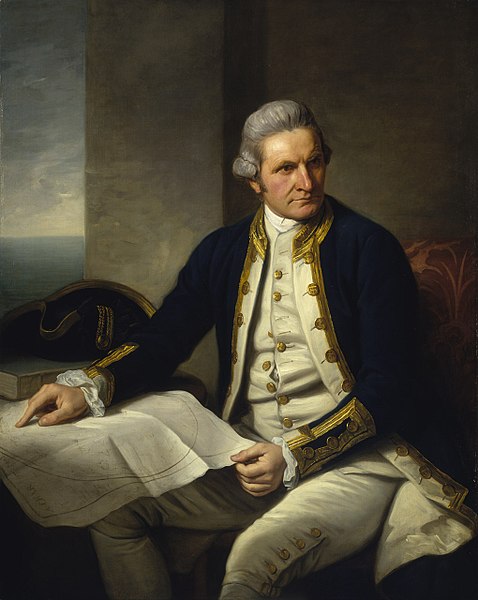
Co-Curate Page
James Cook (1728-1779)
- Overview About James Cook James Cook FRS was a British explorer, navigator, cartographer, and captain in the Royal Navy. Cook is best known for his three voyages to the Pacific …
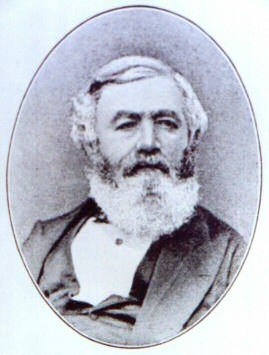
Co-Curate Page
Henry Bolckow (1806-1878)
- Summary About Henry Bolckow Henry Bolckow, born 8th December 1806, is considered to be one of the founders of modern Middlesbrough. He was a successful industrialist, who founded the Bolckow …


Co-Curate Page
Captain Cook Birthplace Museum
- Summary About the Museum Map The museum is located very close to the birthplace of Captain Cook in Stewart Park, Marton, in Middlesbrough. It includes themed display galleries, temporary exhibitions, …

from http://www.middlesbrough.gov.…
MARTON VILLAGE and THE GROVE CONSERVATION AREA: CHARACTER APPRAISAL
- PDF, Middlesbrough Council, 2005.
Added by
Simon Cotterill

Co-Curate Page
James Cook (1728-1779)
- Overview About James Cook James Cook FRS was a British explorer, navigator, cartographer, and captain in the Royal Navy. Cook is best known for his three voyages to the Pacific …

